First made popular by scholar Edward O. Wilson in the 1980’s, biophilia is the urge for humans to affiliate with other life. More recently, the biophilia hypothesis has been directly incorporated in architecture and interior design, improving the performance and well-being of people occupying indoor spaces. Biophilic design improves both physiological and psychological health, which is especially important as people spend an average of 90% of the day indoors.
Here are 7 interesting facts about biophilia and biophilic design that might help in work as well as home areas.
1.Biophilic design creates healthy, happy work environments.
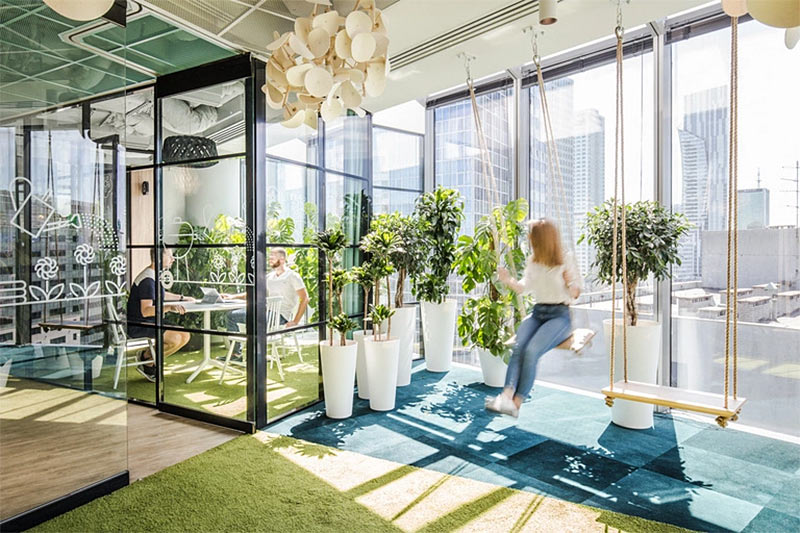
Research showing the incredible benefits of biophilic design is mounting. Interventions that incorporate nature or mimic natural systems are linked to decreased stress, enhanced creativity, and accelerated recovery from illness. In the workplace, biophilic design tactics employed in offices increase the well-being of employees and therefore aid other financial benefits like reduction in use of sick days. The annual savings for a company can amount to $3,000 per employee.
2.Biophilia is not just about plants.
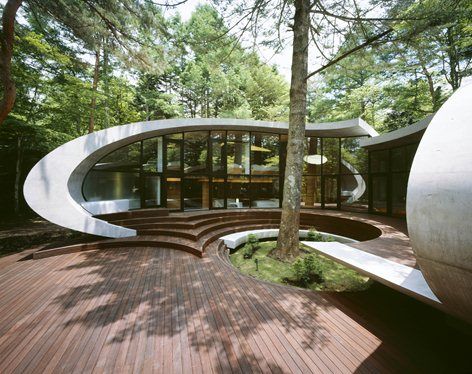
The obvious application of biophilia for indoor environments is the addition of plant life, but that’s just the beginning. Human response to natural processes goes much farther. For example, human response to biomorphic patterns and arrangements seen in nature, are preferable. Even though we understand these patterns are non-living, our brains associate them with representations of living things. Browning explains that examples of this include the Fibonnaci sequence, which often appears in nature in leaf arrangements and spirals. This use of patterns and fractals in design is commonly referred to as biomicry and is one piece of a holistic approach to biophilic design.
3.Light is a part of our
rhythm.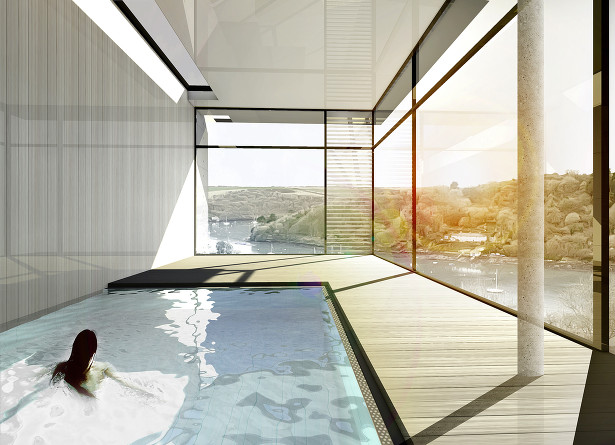
Maximizing natural light benefits people as well as energy bills, but biophilic interventions incorporate natural lighting from diffusion to temporal changes. A lighting system that either naturally or artificially changes throughout the day to mimic our circadian rhythm helps link people to the outdoor environment and, essentially, keep us on track with our natural 24 hour cycle. Maximizing natural light and changes throughout the day also enhances visual comfort.
4.Our minds and bodies appreciate the presence of water.
Interventions that add the presence of water to spaces have
s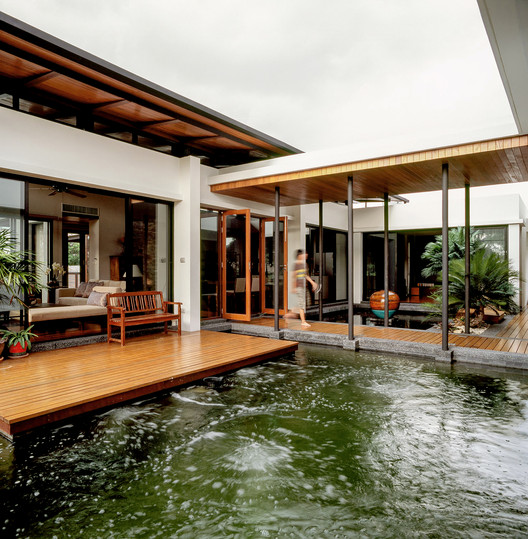 everal health benefits, among them lowered blood pressure, lowered heart rate,
and memory restoration. Empirical research has found that the presence of water
increases feelings of tranquility and is an overall preference.
everal health benefits, among them lowered blood pressure, lowered heart rate,
and memory restoration. Empirical research has found that the presence of water
increases feelings of tranquility and is an overall preference.
5.We can feel nature in the air.
While it logically seems best to keep indoor conditions constant (like the temperature in an office, for example) studies show that student performance is enhanced in spaces with variability in temperature and airflow. Airflow stimulation has been found to keep people awake, also naturally improving focus and performance.
6.Appealing to multiple senses makes more sense.
In order to most effectively reach people with biophilic design, it’s best to aim for multi-sensory stimuli. While seeing nature is not without benefit, if people are also able to smell or hear it the positive implications are even greater. The ability to smell plants, feel airflow, and hear water are simple examples of these far-reaching interventions.
7.Faking nature has some payback, too.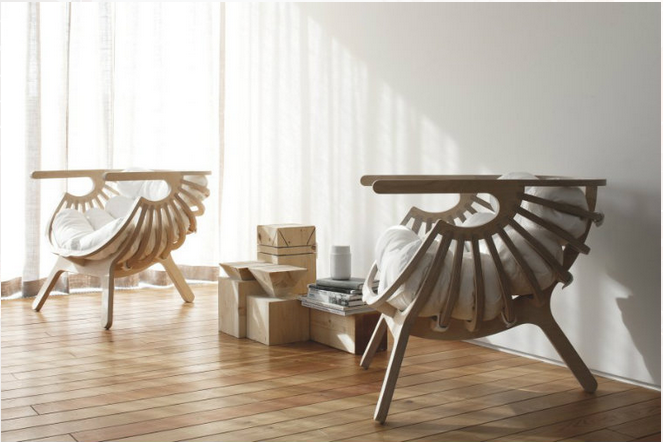
While the presence of real nature is far better to reap the physiological and psychological benefits of biophilic design, elements that mimic nature are not without some benefit, too. Addition of natural paintings and the utilization of biomorphic patterns also improve perception of space. When it’s simply not possible to add a window or entirely retrofit an existing space, opportunities that mimic nature are a viable option.
(Radar Desk Data Studio, 2017, Katie Gloede, www.terrapinbrightgreen.com)
